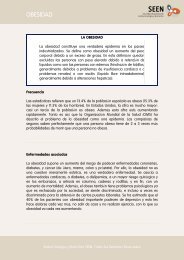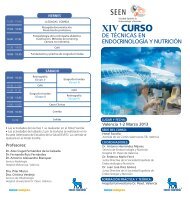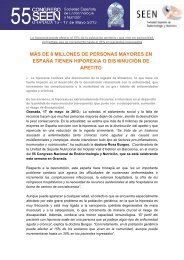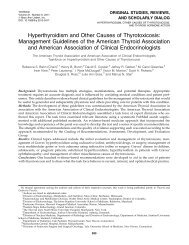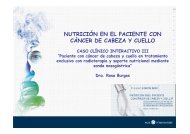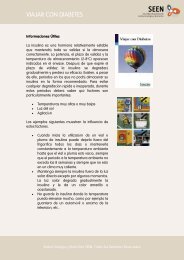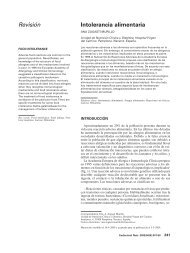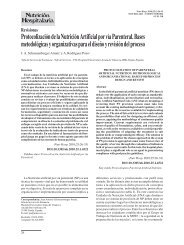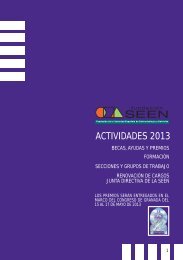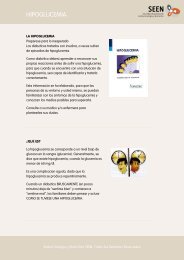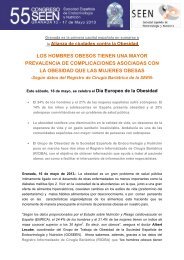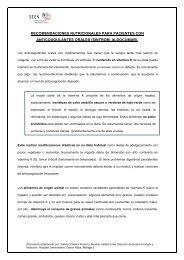Basic Concepts of Fluid and Electrolyte Therapy
Basic Concepts of Fluid and Electrolyte Therapy
Basic Concepts of Fluid and Electrolyte Therapy
You also want an ePaper? Increase the reach of your titles
YUMPU automatically turns print PDFs into web optimized ePapers that Google loves.
Central<br />
Modern single or multi lumen polyurethane or silastic cannulae<br />
inserted via the internal jugular or subclavian vein have even greater<br />
potential than peripheral cannulae to cause morbidity <strong>and</strong> mortality<br />
unless inserted <strong>and</strong> maintained by skilled staff observing strict protocols.<br />
Sub-cutaneous route (Hypodermoclysis)<br />
This method has been used in paediatrics <strong>and</strong> geriatrics for many<br />
years, but it is so effective for replacing small or medium fluid <strong>and</strong><br />
electrolyte losses in patients unable to maintain balance by the oral<br />
route, that it deserves wider use. One <strong>of</strong> its virtues is that patients or<br />
their carers can be taught to manage it at home. We have found it<br />
particularly useful for domiciliary use in adult <strong>and</strong> elderly patients<br />
with salt <strong>and</strong> water losses from gastrointestinal diseases.<br />
0.9% saline (500-2000 ml daily) or 5% dextrose (500 ml) containing<br />
up to 20 mmol K + <strong>and</strong>/or 4 mmol Mg 2+ per litre may be infused over<br />
3-4 hours via a fine butterfly cannula inserted into the subcutaneous<br />
fat, usually over the torso.<br />
Infusion pumps<br />
When fluid is delivered by either the enteral or parenteral route, what<br />
is prescribed is not necessarily what is delivered <strong>and</strong> patients may<br />
receive either too much or too little as a result <strong>of</strong> inaccuracies in<br />
delivery rates. It is now recommended that fluids should be delivered<br />
with infusion pumps at predetermined rates, which can be up to<br />
999 ml/h. This increases the accuracy <strong>of</strong> fluid delivery. Nevertheless,<br />
delays in changing fluid bags once they are empty may still lead to<br />
inaccuracies.<br />
59




